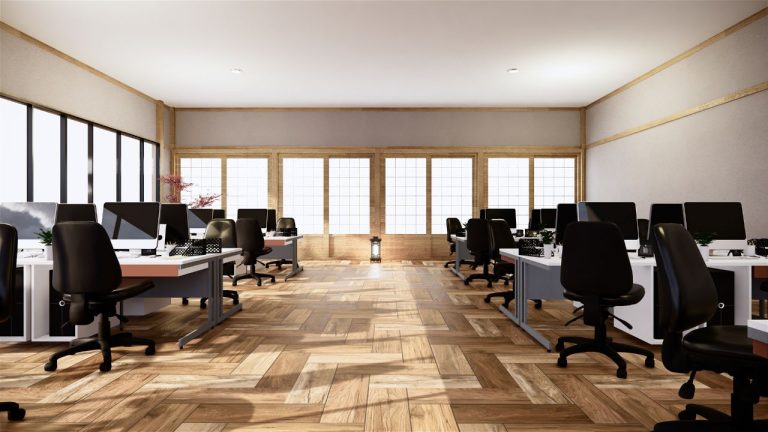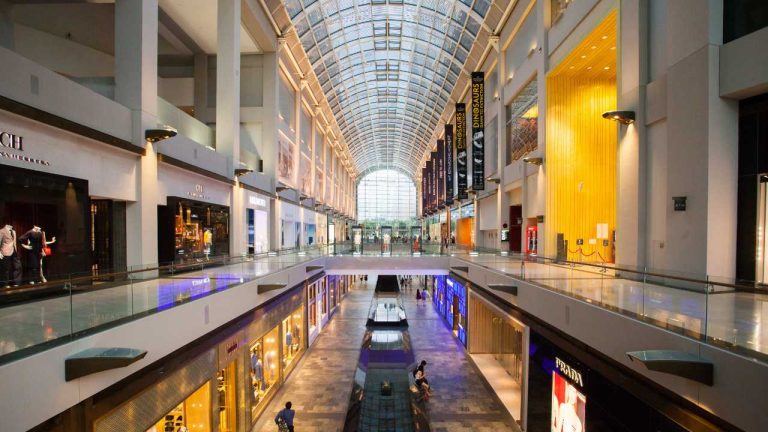How to Do a Detailed Retail Leasing Information Package
In the leasing of a retail property or tenancy it is really important to have a comprehensive leasing package available to give tenants that may be considering occupancy in any vacant premises that you are marketing.
It should be said here that you cannot misrepresent the property in any way so the quality of the information that you provide must be 100% accurate. A potential tenant relies considerably on the information that you provide. Any errors or omissions are likely to be the subject of legal action and lease dispute.
Here are some of the main items to put into your leasing information packet. You can add to the list based on the property type, location, and landlord specifics.
- Name and identity of the property and premises – be quite clear as to what the premises are and how they are configured. You may need a survey plan or report from building engineers to support you here.
- Area description o f the property to be leased – the area of occupancy is important as the rent is likely to be based on it. A formal survey plan may need to be created and attached to the lease so ask the right questions here of the landlord and their solicitor involved in documentation.
- Plan of the premises – this will be in the required legal form for any potential lease to be drafted.
- Copy of a standard lease – this will give the tenant a full understanding of just what is required as part of a new lease over the premises.
- Gross rental or Net rental (as to be asked for the premises) – the rental will be the main point of negotiation so make sure that the rent aligns with the market trends. Set some limits on what the landlord will and won’t agree to.
- Outgoings payments required by type and amount for the lease – the outgoings are part of the lease structure so the recovery categories and methods of recovery should have been set in the standard lease document. The outgoings categories that you cannot recover will be a landlord cost so be aware of what is legal and realistic from a leasing point of view.
- Lease term sought by landlord – how many years will be required for the initial lease term?
- Details of landlord works to be done that are part of leasing the premises
- Permitted use of the premises – set some limits here so you get the tenant that the property needs. This is very important when it comes to the leasing of a shopping center.
- Details of rent reviews and options available (if any) – the rent is going to go up, so make sure the escalation methods align with the predicted trends of the market.
- Tenancy mix details for the property – who and what tenants are in the balance of the property?
- Details of customer demographics for the property – tell the new tenant about the local area.
- Customer counts by seasons and days of the week – this may be confidential information so make sure you suitably protect the information with a confidentiality agreement signed by the prospective tenant.
- Fit out detail for existing premises plus any extra work to be done by the tenant
- Services and amenities in the property – tell the new tenant about the premises and just what the services are that they can tap into.
- Property promotion and marketing plans – this will be quite relevant in a shopping center. The property will be subjected to promotion to bring in trade. Tell the new tenant how they will fit into that process and how they will pay for it.
- Signage and tenancy design rules – ensure that rules are applied on these things so the tenant is not uncontrolled in fit out construction and tenant displays.
- Details of current and expected works in the property – these works may have impact on the tenant mix and potentially the trade of the property. Be honest and open when it comes to telling the prospective tenant about what is going on.
- Details of the anchor tenant in the property and how long you expect that tenant to be in occupancy.
- Common area information and mall configuration will be important to show the new tenant just how they integrate into the traffic and common zones of the property.
- Car parking use for tenants and customers.
- Security information for the property and the hours expected for tenants to trade.
- Confidentiality requirements of the lease proposal and any negotiations – be aware that tenants talk to each other. You don’t want the facts of one lease deal shared between tenants and outside people
As mentioned earlier, you can add to this list based on the property and the landlord. Disclosure is really important when it comes to leasing retail premises. All of your detail has to be accurate and up to date. Have the landlord approve any information before it is to be used in a leasing information package.






